Spoiler Alert: This review contains a deep dive into the narrative and production choices of Diamond Ring (Oruka Wura) – produced by the venerable Yinka Quadri and directed with finesse by Okiki Afolayan.
Introduction: When Star Power Meets a Billion-Dollar Rock
It’s 2025, and the Yoruba-language film industry (often affectionately called ‘Yorubawood’) is still pulling no punches when it comes to high-stakes melodrama. When a film boasts a cast featuring veterans like Yinka Quadri alongside new-age heavyweights like Lateef Adedimeji and the ever-magnetic Odunlade, expectations don’t just soar—they break the sound barrier. The movie in question, Diamond Ring (Oruka Wura), promises exactly this: a saga built around unimaginable wealth, deep-seated greed, and the chaos that ensues when a single piece of jewelry is valued at a staggering $1 billion.
But can star power alone polish a flawed gem? As a critic specializing in contemporary African cinema, my job is to look past the iconic faces and analyze the fundamental cinematic machinery. While Oruka Wura delivers the signature intensity and emotional fireworks we expect from this genre, it struggles mightily with narrative economy and technical finesse. This is a thrilling, albeit bumpy, ride where the characters are larger than life, but the plot structure often feels stretched too thin, leaving us to wonder if the massive diamond ring was worth all the trouble, or if it was, in fact, the central problem. Let’s break down whether this ambitious project sparkles or just collects dust.
1. Narrative Structure and Pacing (The Billion-Dollar Conflict)
The premise of Diamond Ring is pure, high-stakes gold: a priceless diamond ring becomes the central MacGuffin, immediately setting the stakes at an absurd, almost cartoonish, level of $1 billion. The concept of a single piece of jewelry causing such widespread panic and obsession is inherently cinematic, but the film’s execution of this central conflict is its first major stumble.
The MacGuffin as a Flawed Anchor
While the $1 billion diamond ring is the stated reason for the action, the screenplay often fails to make the object—or its monetary value—feel real. The characters treat it with an appropriate level of terror, but the immediate, almost instantaneous, escalation to police involvement, hotel takeovers, and threats of ruin happens so quickly that it sacrifices believability for instant gratification. The narrative jumps from 0 to 100 with little runway, making the early moments feel hectic rather than tense. A more efficient screenplay would have built the dread around the ring’s loss, rather than rushing straight to the catastrophic fallout.
The Problem of Padded Time
For a movie exceeding ninety minutes, effective pacing is paramount. Unfortunately, Oruka Wura suffers from significant narrative sprawl. The transcript highlights lengthy, repetitive dialogue exchanges—particularly those involving the irate businessman and the perpetually stressed hotel manager. Scenes that should function as swift transitions or dramatic pivots are instead extended, often resorting to loud, circular arguments that pad the runtime without advancing the plot or deepening the character motivations.
For instance, the recurring segments involving the manager’s fear and the subsequent interactions with the security personnel become dramatically inert after the first occurrence. They serve to confirm the stakes, but they slow the momentum, making the film feel heavy and cumbersome. The subplots, including the domestic issues and the police station drama, are loosely integrated. While they offer moments of relief from the central crisis, they feel more like parallel sketches than integral gears in a finely tuned machine, ultimately hindering the film’s overall narrative coherence. The economy of storytelling is weak; the film tells us the ring is important repeatedly, rather than showing us the intricate, clockwork consequences of its disappearance.
2. Performance & Character Arc Analysis
If Diamond Ring has a superpower, it is unquestionably its cast. The stellar ensemble manages to inject life, gravitas, and often unexpected humor into a script that frequently lets them down.
Quadri and Adedimeji: A Battle of Generations
The veteran, Yinka Quadri, delivers a commanding performance, embodying the ruthless, status-obsessed patriarch whose entire empire rests on the tiny object. His control of the screen is undeniable; he uses his physical presence and years of experience to convey menace and vulnerability simultaneously. His character’s descent into panic is the most compelling aspect of the film.
However, the standout is arguably Lateef Adedimeji. Known for his versatility, Adedimeji often plays the nervous, frantic foil—a role he excels in here. His interpretation of the immense pressure and fear surrounding the diamond ring is highly effective. The chemistry between him and Quadri is fantastic; their shared scenes crackle with tension, representing a classic Nollywood generational conflict between overwhelming power and desperate subservience.
The Triumph of Emotion over Trope
The ensemble cast—including the characters involved in the domestic violence plot and the secondary antagonists—are all effective, even if their motivations are often basic. Most characters function purely on the axes of greed, panic, or moral indignation, which is a genre constraint common to high-octane melodramas.
Despite the often simplistic character arcs, the actors manage to elevate the material. The emotional stakes are consistently high; when a character screams about losing their life or freedom, the delivery is so raw and intense that the audience is momentarily forced to believe the absurdity of the $1 billion price tag. This emotional sincerity is what ultimately prevents the film from devolving into pure farce. It’s a testament to the cast’s skill that they maintain credibility even when the plot stretches thin.
3. Technical Production and Craftsmanship
For a 2025 release featuring such star talent, a viewer rightly expects Diamond Ring to showcase top-tier technical production. While there are improvements over older Nollywood productions, the film struggles with consistency.
Cinematography and Visual Ambition
The cinematography is passable, but rarely exceptional. The visual quality is generally clean, yet the creative use of light and shadow—the elements of mise-en-scène that add mood and depth—are mostly absent. Many scenes, particularly those set in the hotel rooms, rely on flat, generic lighting. The camera work is often utilitarian, designed simply to capture the actors’ faces during their intense exchanges rather than to enhance the psychological tension or the spatial relationships between characters. When the film needs to look expensive to support the $1 billion conceit, it often falls short of contemporary international standards for visual polish.
Editing and Continuity Errors
This is where the viral blog format requires us to get granular. The editing is functional, but indicative of a rushed post-production process. There are several instances of jarring continuity errors and abrupt scene transitions. The flow of dialogue is occasionally interrupted by cuts that feel slightly off-rhythm, suggesting that some of the lengthy arguments were condensed imperfectly. In an intense film dependent on maintaining a seamless atmosphere of crisis, these small technical flaws (like objects shifting between cuts or abrupt shifts in framing) chip away at the viewer’s immersion.
Sound Design: The Unsung Hero
Crucially, the sound design and score perform their duty effectively. Dialogue is recorded clearly—a non-negotiable requirement for a dialogue-heavy drama. The musical score, while leaning heavily on traditional Nollywood dramatic cues (crescendoing strings for panic, mournful flutes for regret), successfully underscores the emotional beats. While not groundbreaking, the sound package is technically competent, preventing the narrative flaws from being compounded by poor audio quality.
4. Thematic Resonance and Cultural Context
Beyond the lost jewelry, Diamond Ring (Oruka Wura) functions as a mirror reflecting specific anxieties and themes prevalent in the Yoruba cultural and economic landscape.
Exposing Wealth, Corruption, and Status
The film’s central theme is the toxic interplay of extravagant wealth and corruption. The absurdity of the $1 billion ring becomes a metaphor for the inflated materialism and the extreme lengths people will go to maintain or acquire status in the Nigerian elite. The speed at which the wealthy protagonist leverages his influence to co-opt law enforcement and the hotel staff is a potent commentary on power structures. The film suggests that in this world, money doesn’t just talk—it buys immunity and compliance, making the conflict not just about a ring, but about the fragile and corrupt foundations upon which fortunes are built.
Adherence to Genre Conventions
Contextually, Oruka Wura adheres strictly to established Yoruba film industry genre conventions. It prioritizes high-octane drama, loud emotional outbursts, moralizing conclusions, and the familiar trope of the powerful man brought low by his own greed. While the film doesn’t push the technical or narrative envelope in the way of certain new-wave Nollywood features, it perfectly satisfies the core audience demand for an explosive, character-driven melodrama. Its strength lies in its ability to take an identifiable situation—loss and panic—and scale it up to an operatic degree, using well-worn narrative paths to deliver reliable entertainment. It’s a throwback, but one executed with modern production value.
5. Verdict and Star Rating
Diamond Ring (Oruka Wura) is a film of contradictions. It boasts an undeniably electric cast, led by the veteran gravitas of Yinka Quadri and the magnetic panic of Lateef Adedimeji. Their collective effort is the main strength, making the emotional core of the film—the sheer terror of total financial collapse—feel utterly real.
However, the film is consistently undermined by structural weaknesses. The pacing is bloated, the screenplay is repetitive, and the final cut lacks the technical polish expected of a major 2025 release. The focus on spectacle over narrative economy means too much time is spent on circular arguments and tangential subplots, diluting the impact of the central crisis.
Ultimately, Diamond Ring (Oruka Wura) is a thrilling watch for fans of dramatic, character-focused Nollywood cinema, but it fails to achieve critical greatness due to its technical and structural flaws. It’s loud, it’s dramatic, and it’s engaging—but it’s a rough diamond, not a polished one.
My Verdict: Recommended primarily for fans of the lead cast and high-stakes melodrama.
Star Rating: 3/ 5 Stars
Call to Watch: If the intense, high-energy performances of Quadri and Adedimeji are your reason for watching, you won’t be disappointed. But bring your patience, as you’ll be navigating a few padded hotel scenes before the final, frantic resolution. Have you seen Oruka Wura yet? Let me know in the comments if you think that ring was really worth a billion dollars!
#NollywoodTimes
#DiamondRingOrukaWura
#YorubawoodBillionaireDrama
#LateefAndQuadri


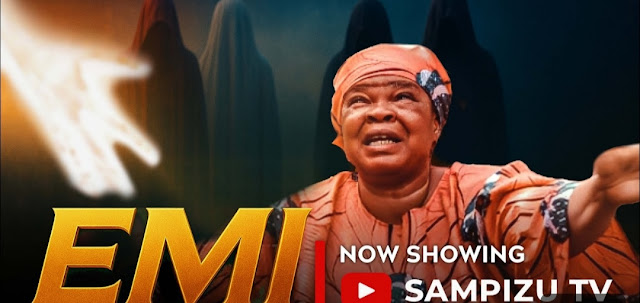
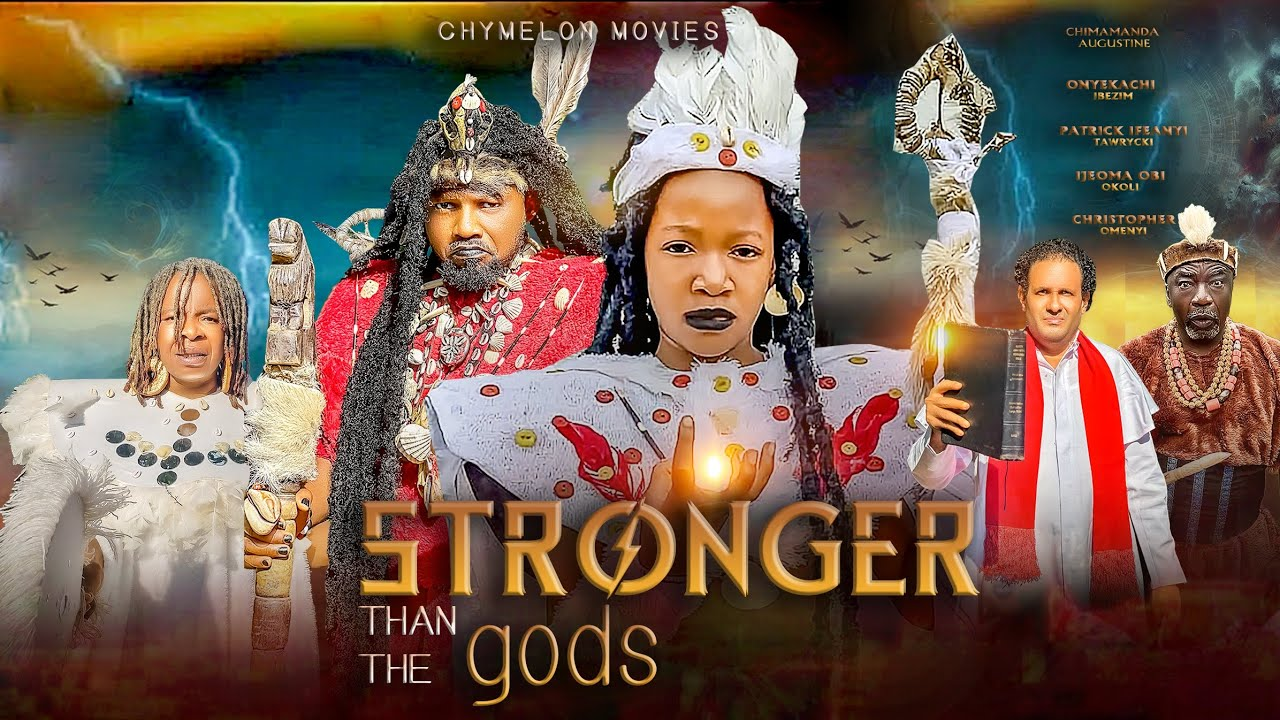
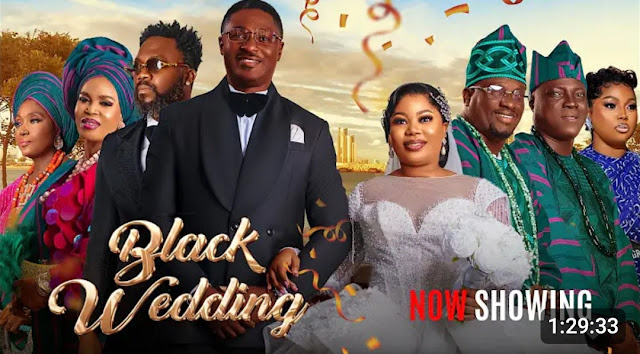
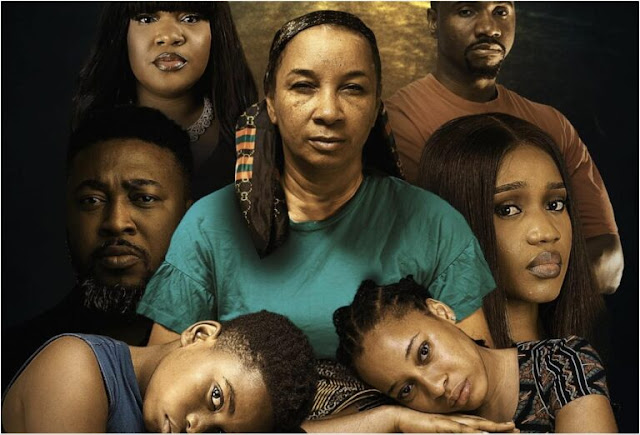







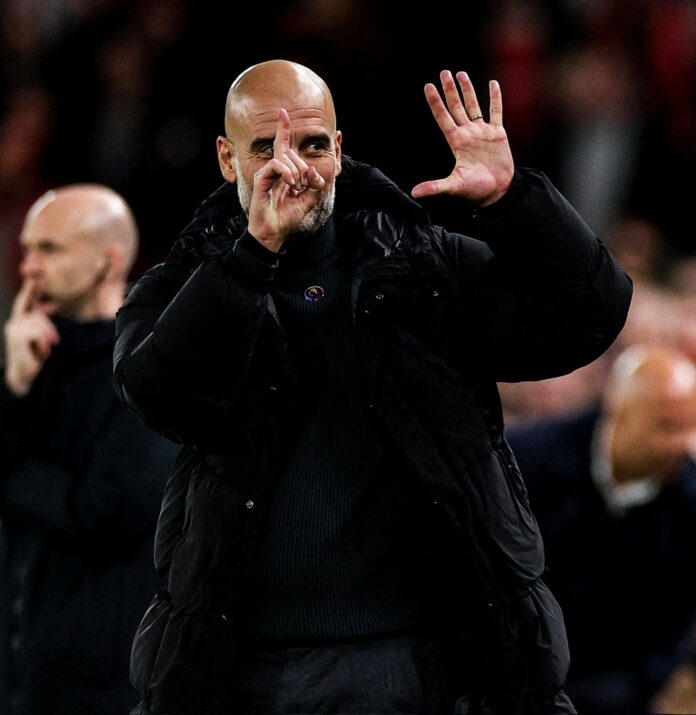
Leave a Reply